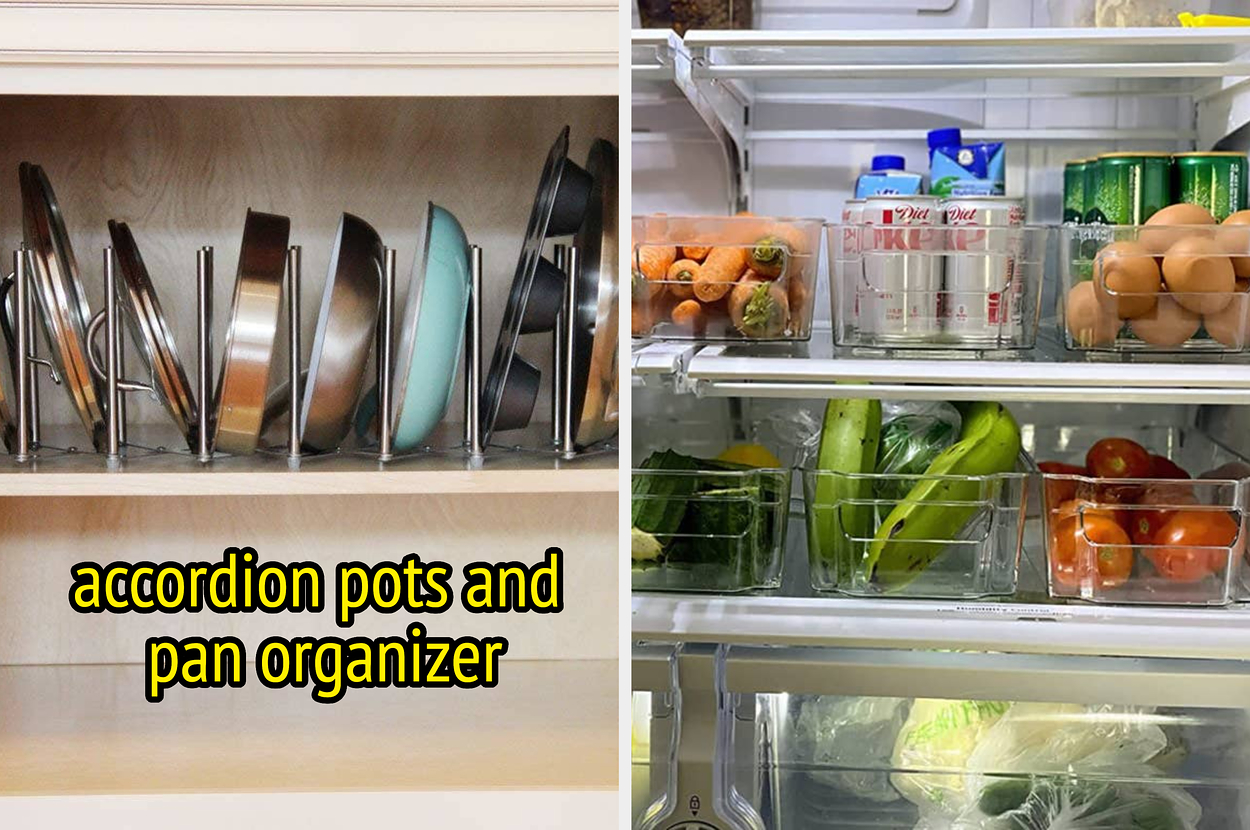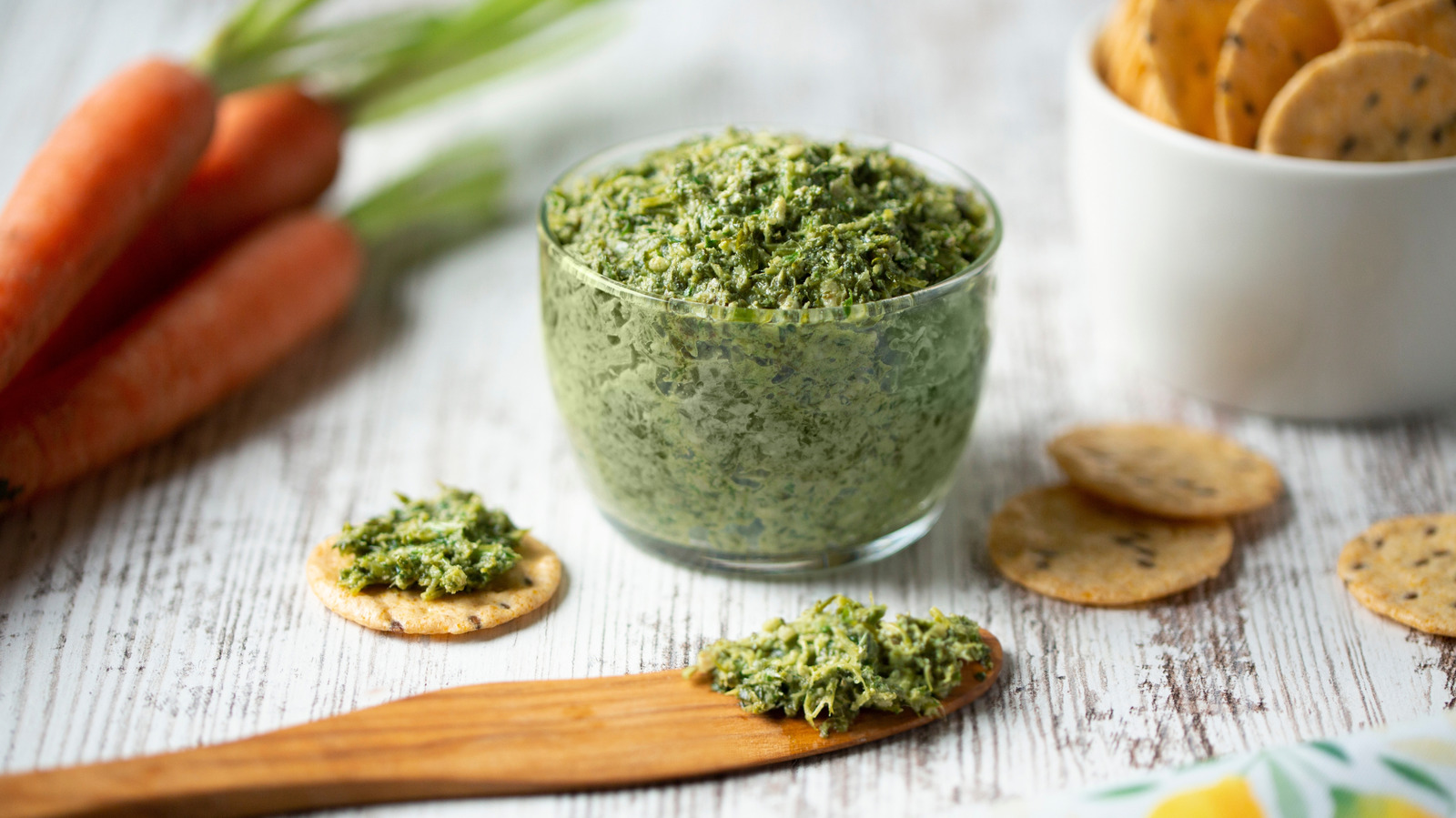
If you’re a Manhattan or Negroni drinker, you don’t need to be told that the vermouth used in either should be just as good as the other ingredients. And for as long as recent memory can remember, the benchmark for sweet vermouth has been Carpano Antica. But that’s changing, and Northern California has been leading the way.
It’s an unassailable fact that Italian distiller Antonio Benedetto Carpano invented modern red vermouth in Turin, Italy, in 1786. The story goes that he believed the women of Turin didn’t like the local red wines, so he created a red-colored wine that they would. Combining herbs and spices with local white wine, he added a bittering agent (wormwood), colored it with caramel and named it after that bittering agent: wermut.

That word, often rendered as “vermut,” literally means “wormwood” in German. And in French, the pronunciation further becomes vermouth. This product with its German/French name would ultimately come to be known as “Italian” vermouth.
Ironically, the product that Carpano invented in 1786 is not the modern Antica version. Antica was created in the late 1990s as a separate variation. The Carpano family’s flagship product after the original vermouth — for nearly 100 years — was Punt E Mes, another more bitter vermouth.
In 2001, Fratelli Branca Distillerie in Milan bought the company. Fratelli might be best known around here for making Fernet Branca. And since then, Antica has dominated the red vermouth market, at least in terms of quality.
Others also saw the potential of quality vermouth in the late 1990s. Vya Vermouth, a joint venture by Quady Winery in Madera and Michael Dellar, then of Larkspur’s Lark Creek Inn, began producing high-quality California vermouths. Others, like San Francisco’s Sutton Cellars, also tried their hands at making some with limited success.
Ironically, the interest then was placed on the vermouth used primarily in martinis, which was the dry, clear version, and doubly ironic was that the popular taste in martinis was about reducing the amount of that vermouth in them — in some cases to zero, such as an extra-extra-dry martini. It took a rise in the interest of whiskey to change the playing field. From 2010 to 2022, according to Statista, a liquor research firm, sales of whiskey increased by more than a third, from 47 million cases to 78 million.
And much of that whiskey was being consumed in the form of Manhattans (whiskey and sweet vermouth). These days, any Northern California whiskey bar will definitely carry Antica vermouth — but with popularity comes price. At around $35 a bottle, the vermouth in your Negroni or Manhattan might be as much as or even more expensive than the primary spirit.
Luckily, there’s a workaround — or at least other options. And several of those options come from right around here. To that end, I’ve assembled four of those products, all designed to whet your whistle while still going easy on your pocketbook.
• Vya Sweet Vermouth, 17% ABV, $24, Madera Vya still leads the pack, albeit with a newly designed label. Light, bright and mildly herbaceous, Vya Sweet Vermouth is lighter in body and in color than Antica, and, as such, it’s not nearly as dominant in a cocktail. Slightly oxidized, it has an almost honeyed sherry fruitiness to it.
If your tastes lean more to the subtle, Vya might be perfect for you. And if perfect is your goal, Vya also makes two different dry vermouths, which combined with sweet vermouth in a Manhattan makes it a “perfect” Manhattan. More information at vya.
com . • Lo-Fi Sweet Vermouth, 16.5% ABV, $23, Napa Flavored with rhubarb, cocoa, clove and other botanicals, Lo-Fi gets its bitterness from gentian, not wormwood.
Luckily, the legal definition for vermouth allows for this substitution. Milder and lighter on the palate, Lo-Fi also omits any coloring agent, rendering this sweet vermouth clear and colorless, perfect for your white Negroni or even mixed with corn whiskey in a clear Manhattan. Being made by E.
& J. Gallo Winery also shouldn’t concern you, it just proves that with the right motivation a company with plenty of money can certainly produce a high-quality product. More information at lofiaperitifs.
com . • Alessio Vermouth Chinato, 16.5% ABV, $30, Italy Imported by Novato’s Tempus Fugit Spirits, this vermouth is more akin in style to Carpano’s original Punt E Mes.
Richer, darker and slightly more bitter, this vermouth provides for a stronger statement. Chinato vermouth is an aperitif wine that originated in Piedmont, Italy. It’s named after its primary ingredient, cinchona, which is a bittering agent derived from a South American tree’s bark.
(It’s also used in quinine, the main flavor in tonic water.) Chinato vermouths are one of the few “red” or “sweet” vermouths that actually derive their color from red wine instead of added coloring. In almost all cases, the wine used is Nebbiolo.
Delicious on its own, Chinato’s vaguely cola taste, mild oxidation and pronounced but not overpowering bitterness punches up any cocktail that it’s added to. More information at tempusfugitspirits.com .
• Free Spirits’ Spirit of Vermouth Rosso, 0% ABV, $34, Marin Alcohol-free vermouth? Why not? With many whiskeys pushing or exceeding the 100-proof mark, and many gins hovering just below, maybe adding a flavoring agent without any alcohol is the way to go. Marin’s Milan Martin certainly thinks so. His vermouth has all the bittersweet oxidized taste one would expect from sweet vermouth.
Sure, there’s clove, allspice, cola, etc., but the real difference is capsicum. Free Spirits uses this spice sensation in its nonalcoholic gin, tequila and whiskey to partially replicate the “bite” of alcohol.
In this vermouth, that spiciness adds a unique flavor dimension that works well in a Negroni and gives any Manhattan a certain je ne sais quoi or perhaps more germane to so-called “Italian” vermouth: non so cosa. More information at drinkfreespirits.com .
Jeff Burkhart is the author of “Twenty Years Behind Bars: The Spirited Adventures of a Real Bartender, Vol. I and II,” the host of the Barfly Podcast on iTunes (as seen in the NY Times) and an award-winning bartender at a local restaurant. Follow him at jeffburkhart.
net and contact him at [email protected].














